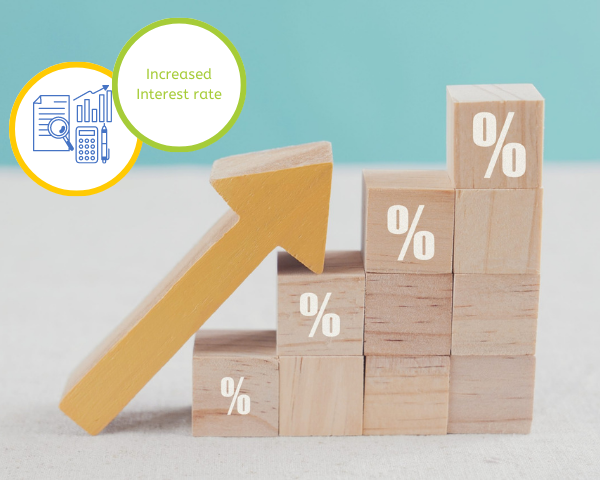
After a long period the interest rate are increasing again.
This has impact on your working capital.
How does your organisation handle this?
The interest rate increase is a phenomenon that attracts global attention, particularly among businesses that rely on working capital to finance their day-to-day operations. Working capital, which represents the difference between short-term assets and short-term liabilities of a company, forms the basis for operational efficiency and liquidity. In this blog, we delve into the interest rate increase and its potential impact on the working capital of businesses.

Working capital is crucial for businesses of all sizes and sectors. It enables them to meet their ongoing obligations, such as paying suppliers, salaries, and other operational costs. Moreover, sufficient working capital provides a buffer for unexpected events, such as changes in market conditions or economic downturns.
An interest rate increase has direct and indirect consequences for a company’s working capital. Let’s first examine the direct impact.
While an interest rate increase may present challenges for businesses regarding working capital, there are measures they can take to prepare and respond:
An interest rate increase can have a significant impact on the working capital of businesses, posing challenges in terms of financing and operational efficiency. It is crucial for businesses to be aware of these potential consequences and take proactive measures to prepare and adapt to changing market conditions. Through careful liquidity planning, diversification of funding sources, and efficient inventory management, businesses can enhance their working capital positioning and become more resilient in an environment of rising interest rates.